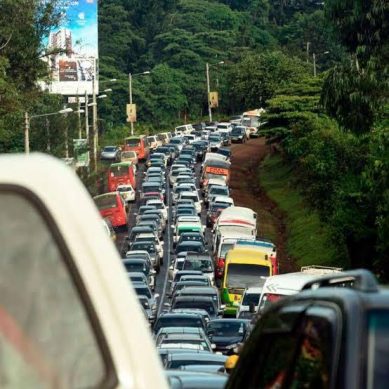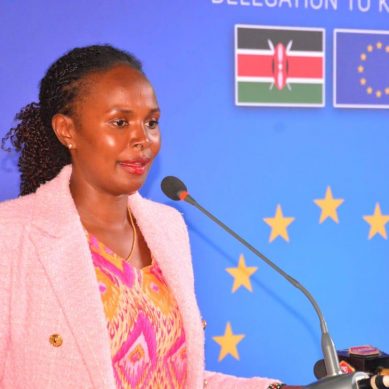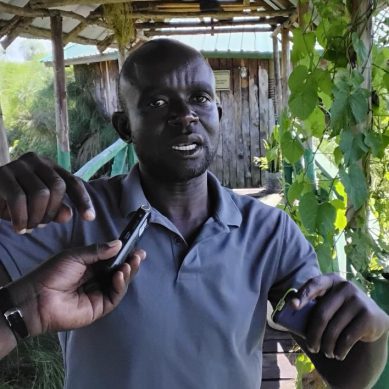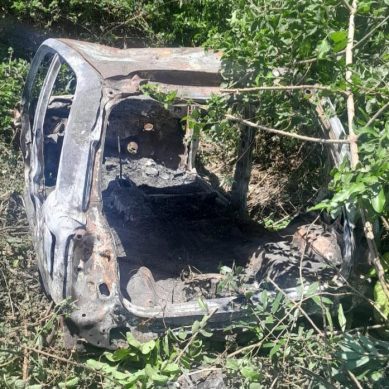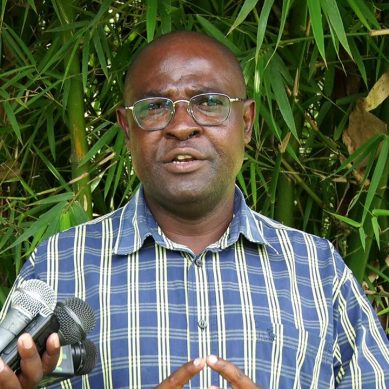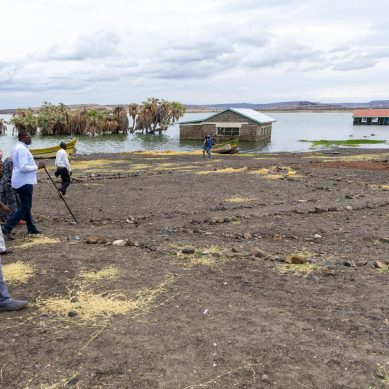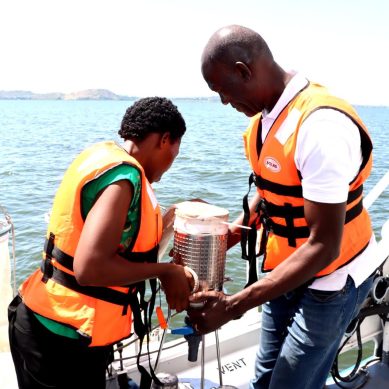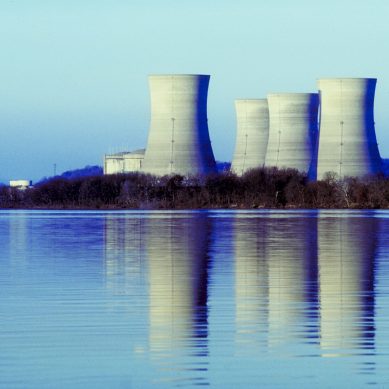Arrival of migratory birds in Kisumu’s wetlands coincides with World Migratory Bird Day
The group has also partnered with Kenya Wildlife Service (KWS) and Nature Kenya to restore degraded swamp areas by planting papyrus, conduct regular bird monitoring, and raise awareness among lakeside communities on the importance of conservation.
Kisumu overtaking Nairobi as capital of vehicle theft in Kenya as police recover 17th stolen car
Then, the criminals had networks that stretched as far as Tanzania, Uganda, South Sudan and South Africa. With the help Interpol, the networks were broken but the latest high car theft incidence in Kisumu seems to suggest the networks are on a rebound or new ones have come up.
Kenya plans 60,000mw nuclear power, enough to meet current needs of all eight EAC countries
Currently Kenya produces 3,400 megawatts, Tanzania 3,091.71 megawatts, Uganda 2,048 megawatts, Rwanda 277 megawatts, Burundi 34 megawatts and Democratic Republic of the Congo 13,625 gigawatts. South Sudan’s capacity is indeterminate.
Students in northern Kenya at risk of crocodile, hippo attacks as world’s largest desert lake burst banks
Since 2018 when the lake’s water level began rising, students population has fallen from 400 to 150 at El Molo Bay Primary School.
Lake Victoria pollution at tipping point as study exposes how 44 towns in East Africa poison world’s second largest freshwater mass
Speaking during the release of the findings in Mwanza Tanzania, Eng Otoung, said the study provides a layered snapshot of the lake’s physical, chemical and biological condition.
Kisumu launches fibre boats to enhance safety of fishing community, blue economy on Lake Victoria
Artisanal fishing Fibre Boats constructed at the Kenya Shipyards Limited Kisumu. The County government plans to deploy them at major beaches in the area to enhance safety and boost blue economy. Credit: Chris Mahandara.
Kenya’s plan for 60,000-megawatt nuclear plant in western Kenya on course as it eyes EAC electricity market
Siaya, which is in Lake Victoria Basin, has been identified for the project because of its proximity to the lake. The site of the plant is also strategic as Kenya will export the surplus power to Uganda and other East Africa Community (EAC) countries to the west.
